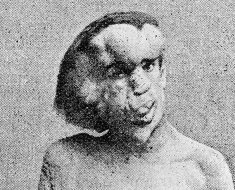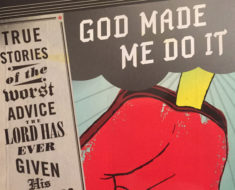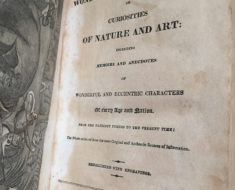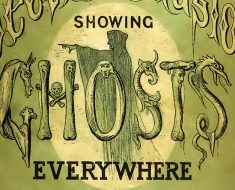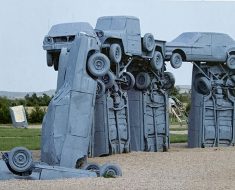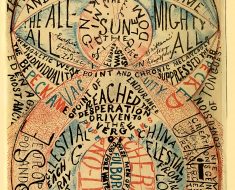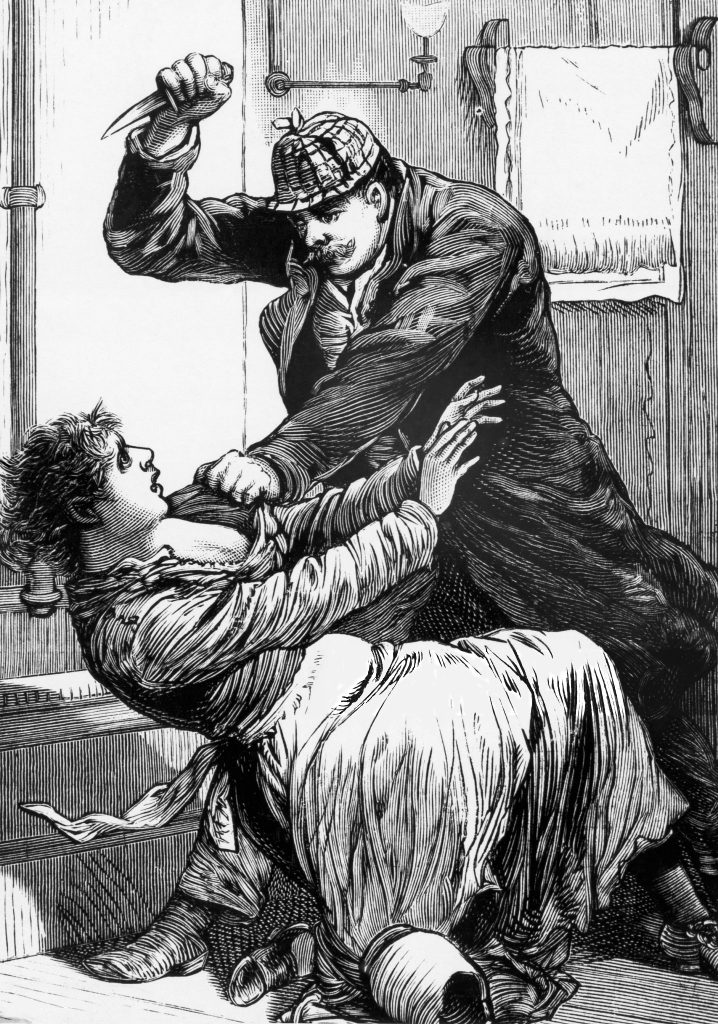
Jack the Ripper has fascinated both curious and morbid minds since his first brutal murder in London’s Whitechapel district made headlines in 1888. Who was this monster whose evil captured the world’s attention? There’ve been more than a hundred suspects over the years, which includes at least one American: H. H. Holmes, the infamous devil in the White City. Holmes terrorized Chicago during the Columbian Exposition of 1893 and confessed to murdering 27 people in his “murder castle.” Had he gotten a head start on his serial killing in London? Holmes’s great-great-grandson, Jeff Mudgett, claims to have inherited diaries that speak of murdering prostitutes in London at the time.
But while theories abound, the Ripper murders also captured the imagination of authors. And with hypnotism being a subject of great interest during the same period as the killings, it’s not surprising that creative minds would combine it with the Ripper case and explore the possibilities. In Donald K. Hartman’s new book, The Hypno-Ripper, he reprints two such Victorian-era stories that suggest hypnotism played a role in the murders—and that the murderer was, like Holmes, an American.
The book is the second volume in Hartman’s “Hypnotism in Victorian and Edwardian Era Fiction” series, published by Themes & Settings in Fiction Press. (You can read about the first volume, Death by Suggestion: An Anthology of 19th and Early 20th-Century Tales of Hypnotically Induced Murder, Suicide and Accidental Death here.)
Hartman selected two stories published during the time of the Ripper killings, which are among the earliest pieces of fiction about the Whitechapel murders. Both portray Jack the Ripper as an American who traveled from New York City to London to commit the murders. Staying in The Hypno-Ripper theme, Jack commits his crimes while under the influence of hypnotism.
The first story, The Whitechapel Mystery; A Psychological Problem (“Jack the Ripper”), is a novel authored by Dr. N. T. Oliver, and originally published in 1889. “N. T. Oliver” was a pseudonym for Edward Oliver Tilburn, who was a rather unusual man—and perhaps as interesting as the Ripper he wrote about. In addition to being an author, Hartman notes in his preface that Tilburn was also a minister, actor, lecturer, secretary for several cities’ Chambers of Commerce, snake-oil salesman, sharp-shooter for a Wild West show, Christian psychologist, as well as an accused embezzler, shady real estate broker, and a self-proclaimed medical doctor.
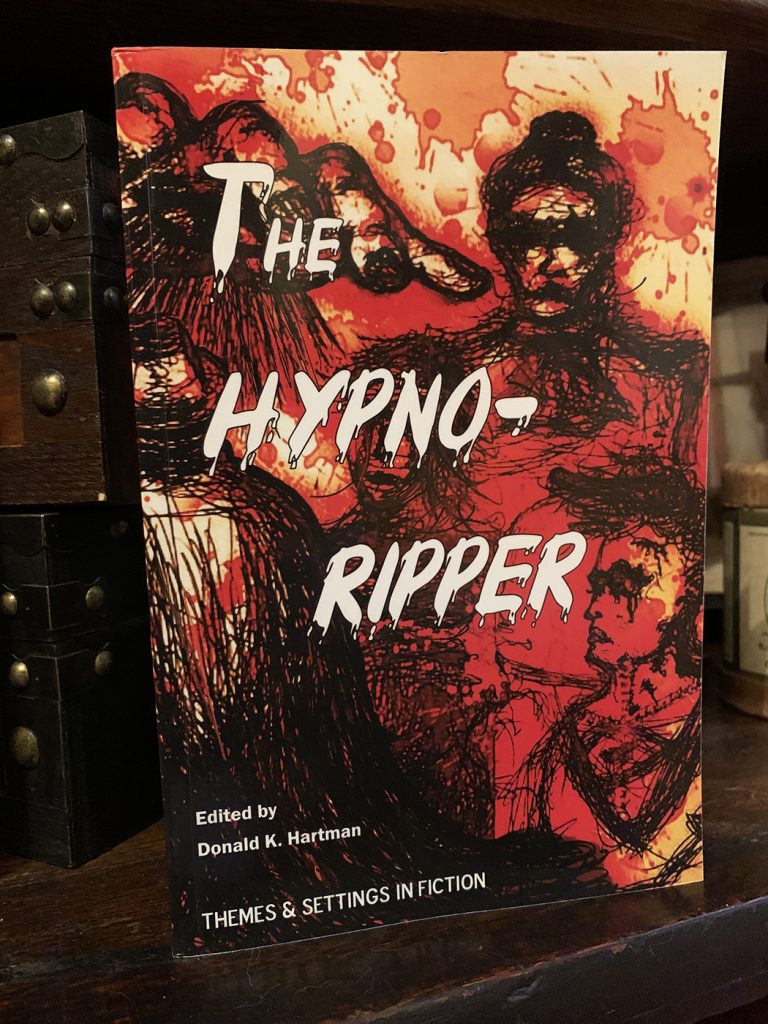
The Whitechapel Mystery’s narrator is Detective John Dewey from New York City, who is investigating a bank robbery orchestrated by a hypnotist named Dr. Westinghouse. When Westinghouse flees to London, Dewey follows in pursuit but soon finds himself under the criminal’s hypnotic spell. As you might suspect, a murder spree ensues.
The second story, The Whitechapel Horrors, is a much shorter tale, published anonymously in two American newspapers shortly after the murder of Mary Jane Kelly in November 1888. In it, the American visitor in London is supposed to be following doctor’s orders and resting his mind, but while attempting to do so he begins having visions of the Ripper murders. He soon discovers that the visions are more than just that.
Following the Ripper tales, Hartman offers further information along with newspaper clippings about Edward Oliver Tilburn’s bizarre life and numerous shenanigans.
The Hypno-Ripper gives readers an obscure window into a unique era of murder and the mysteries of the mind. During this same time, Spiritualism also enjoyed widespread popularity, so naturally, mediums held séances to contact the dead for help in the case. Perhaps hypnotized spirits will reveal themselves in Hartman’s Volume 3?
You can purchase The Hypno-Ripper on Amazon or from other online sellers.

